|
Dr. Jamie was proud to interview one of her role models and "legends" of expressive arts therapy, Dr. Cathy Malchiodi on January 6, 2021. Listen as they chat about the expressive arts and the needed paradigm shifts within our field.
To learn more about Dr. Malchiodi's work, go to: www.cathymalchiodi.com
1 Comment
I have lived the expressive arts since I was born. In my childhood home we had very few rules. At any given time, you would find one sister painting a mural on the wall while another sister was playing the mandolin and making cheese in her closet. Mom would be making our fringe vest in the breakfast nook and another sister would be making jam… all before taking the bus to meet my big sister’s guru for chanting. Don’t forget to drink the sassafras tea my mom had brood... got to keep the immune system strong. I remember my first journal was a Virginia Slims blank book that I got for free by collecting my mom’s cigarette cartons and sending them in to the company for the prize of a lovely maroon book with a fancy woman on the cover. I would write the story of my life deep into the night while my sister hurled shoes at my bed so I would turn off my flashlight. My mother never put a border around what our souls wanted to do. There were no boundaries….no walls and no safety. Our creative expression was respected and indulged. It was simply our way of life. I would invite friends over for sleep overs by candlelight, makeovers and Mickey Mouse club. This was all pure joy in the middle of inner-city Cleveland nestled between drug deals and frozen pipes... the magic of pure no holds barred self-expression was my sanctuary.
The highlight of junior high was playing Tina Turner and singing Proud Mary, swinging my hard pressed hair, dancing wildly and rolling on the river. Expressing myself through music, writing, dance and potion making saved me from the pain of poverty, sexual assault, and eczema. When I went to college, I wanted to be a dance therapist. Not because I was a trained dancer but because dancing saved my life. As a child I would put on the Motown Christmas album and spin around until I was so dizzy with joy that it did not matter that we had no gas or lights or food in the refrigerator. As a teen I would leave work at McDonalds at 2:30 am and go out dancing until sunrise…6:30am when the club closed. It was called night flight and the rhythm would fly me to another world. I did not know at the time that I was putting myself in a trance. I simply knew that moving my body to the pulsing beat made me feel joy: I could breathe, I could do life as it showed up. So of course, I would want to dance my way through college. The catch was that they had no such major at my school. I settled on psychology as my major and fit in all the other treasures I wanted to learn and experience outside of my formal academic training. My challenge academically and professionally was always the quandary of how do I blend my love of dance, therapy, service, travel, metaphysics, health, teaching, healing arts into some professional identity? Eclectic is how I had described myself. Holistic became a term I began using 20 years ago when I participated in a Crone/Sage ceremony (Initiation into the Wisdom years of a Woman) for a friend’s 60th birthday. The facilitator of the circle was a holistic psychologist and she embodied the sacred expressive arts. I began to see the blending of my worlds. Yet, the practicality of blending all of these aspects of myself into my daily professional life remained somewhat of a challenge. It was 2011, I remember getting the call from Dr. Tanya Edwards at the Cleveland Clinic Center for Integrative Medicine. “I hear you are a wonderful hypnotherapist,” she said…come join us. At the time I had not heard of Dr. Edwards so I thought it was a friend from Cleveland pranking me. I would receive 5 more messages like that before calling her back. It was not until I saw her on the Dr. Oz show that I realized this woman was real, not a prank and we looked like we could be cousins! When I returned her call she simply said, “I have been waiting for your call.” I asked did she need me to send my resume and she simply said, “I know everything about you I need to know. Come do what you do.” Perhaps I stopped breathing for a moment when she said these words because doing what I do, in the way I do it had always been a challenge in most therapeutic work settings. Dr. Tanya Edwards told me that she did not bring me to Cleveland Clinic to work with individual patients but for the creative ability and spirit I carry. “You are a Goddess High Priestess….do what you do.” Well I simply thought I had dropped into the 5th dimension of some other universe. Dr. Edwards became my dear sister friend mentor and beloved colleague. I had the pleasure of training and working with her until her death in March of 2014. My use of creativity in my work is a way of also honoring her light and life. Dr. Edwards helped me stoke the flames of my creativity and to share it with a larger audience. When I received that initial call from Dr. Edwards I was on leave from my tenured position as a Professor of Counselor Education. I was worn out. The Chair of my Department was chronically displeased with me and would lobby against my promotion at the University. He would tell me that I was too creative and relational, and he needed someone who was methodical and organized. I was not that person. I am the one who tries every key on the key ring until I see a crack in the door… a glimmer of light shining through the darkness. Essentially, as a therapist (and a human) I have always believed in using a variety of tools to unlock the emotions hidden within a person’s heart and soul. This is how I taught, and this is how I live. Don’t do yoga they would say. Why are you meditating with your students they would say. It’s a hazard to burn that oil or hypnosis opens the door to the devil they would say. What are you doing with bubbles in your practicum class…Turn your music down...are you drumming again? Did I see you and your client hugging a tree? Creativity has been the foundation of the therapeutic process for me. The fluidity of expression is my elixir. The expressive arts therapist certification program has given me the long-awaited structure, scaffolding, philosophy and supportive community to truly be the creative holistic practitioner that I am. I have been lovingly challenged to stretch myself far beyond my comfort. This journey has given me a firm foundation to gather the broad palette of my services under an umbrella with a solid base. When asked what my work with bees has to do with therapy and healing….I say it is a part of expressive arts therapy and certainly it is. My journey into the certification process has given me the empirical support to relay to others the methods of my practice. I was born an expressive arts therapist because it is a part of my indigenous, tribal nature. This is how my ancestors healed. This is what we do naturally and some academic and heart wise people were able to observe and research these healing ways and put it into a form. Growing up my father would always tell me not to let people know what I really do because no one would believe I had an education. He felt that my true way of practicing therapy was not legitimate because it was not a part of mainstream culture. Working roots or someone getting the Holy Ghost through sound and movement, shaking, rocking, tapping, clapping, wailing all a part of healing. Don’t tell he would say. I always know who is open to working in this way…don’t worry Dad. My father is no longer concerned. When I began working at The Cleveland Clinic Center for Integrative Medicine, he said he wished he had taken hypnotherapy serious years ago. We now drum together, do yoga and sound healing together. He is open and the closet door is wide open. All of the expressive arts healing modalities are on the table for use and exploration. In my certification journey I have gathered courage to sing in public, I have begun to use paints and not fear the blank page as much. I have gathered my napkins and old envelopes and published my first book of poetry. I have fallen into the arms of an amazing community of expressive artist and healers. I have danced more in public and shared a specific therapeutic dance within the African American community as a healing ritual for the 400 years of trauma caused by slavery. I am more intentional and clearer about using movement to heal generational trauma. Freeing my creativity and exercising new ways of self-expression has inspired more creativity and courage to go to the edge of my creative desires. All the doors are open to me and the key is in my hand. The Expressive Arts Community is a circle of healers I am forever grateful to be a part of. Ase, Amen, Amin. I’m not ashamed to cry. Throughout my healing journey, I have singlehandedly kept the Kleenex and Puffs corporations thriving, so abundant are the tears I’ve shed. For me, releasing emotion with tears allows me to fully validate and feel emotions, a process that is vital to my transformation. While I recognize that sometimes I need to practice containment when the tears begin to flow (e.g., if I have an important work commitment), I generally don’t censor myself when my emotions flow in the form of tears. I’ve wept on a tarmac waiting for a delayed plane to take off, I’ve cried in a restaurant in full view of professional colleagues when I connect with a sad story I need to share, and I no longer fear what people think of me if tears begin to flow during a difficult conversation. Every year I engage in deeper layers of my own healing and guide people through their own trauma work, I’m convinced that our emotions do not cause us as many problems as the things we do to keep those emotions stuffed down and buried. To honor the role that crying plays in my growth and transformation, an expressive arts practice recently came to me that I wish to share with you in this posting. I call the process “Transforming Our Tissues.” The process allows us to take the tissues that absorbed our tears during meaningful conversations and turn them into works of art. Not only can this work be a fun expressive arts practice, it is deeply symbolic of how true trauma healing happens at the level of our cells and tissues within our body. In May 2019, I attended my first Ram Dass Spring on Maui retreat, where I was blessed to attend 12-step meetings with the writer Anne Lamott. Annie is very open about her involvement in 12-step recovery and did not think twice about welcoming those of us in recovery into her space for nightly meetings. During one of these meetings, I cried very deeply about the great struggle of my life connected to a person I love very deeply. I fought through some initial urges to censor myself (“Come on, Jamie, you’re in the presence of someone important”) and just let the pain of my heart flow. At some point during this very helpful catharsis, Annie handed me a tissue that I very badly needed. Later in the evening when I changed out of my clothes, I noticed that the tissue was still in my pocket. Of course, my fan girl side kicked in: “This is the tissue that Annie Lamott gave you! You can’t throw this away!” In that moment, the inspiration struck me to use that very special tissue in my art journal, and in the coming weeks I accepted the challenge. Through some trial and error, I learned that tearing the tissue into workable pieces and matting it into my art journal with a substance called Gel Medium created a beautiful texture on my pages, over which I could paint. On that initial page, themed along healing my stuff in the six realms of experience on which the Buddhists teach, I marveled how painting over tissues with acrylics and gauche created the effect of a healing wound. And I realized that any special tissue that holds my literal and figurative blood, sweat, and tears could be repurposed in this manner! Several weeks later, I experienced two similarly deep cries over love and grief with two of my oldest and dearest friends, Allie and Amber. I saved the tissue from the 12-step meeting at which I hung out with Allie on a July morning. The next day, I shared my tears with Amber at our local Panera (another instance of crying deeply in public with little regard to what those around me thought). As Amber validated my pain, she kept offering me brown Panera napkins. Our friendship offers a powerful container for me to share so honestly, and the vulnerability I can show with Amber has allowed me to make some of the deepest healing connections of my life. This day at Panera was no exception. I decided to mount Allie’s tissue and Amber’s napkin on pages facing each other in my art journal. I affixed them to the page with gel medium (refer to the before pictures in the slide show). Like many pursuits in my expressive arts processes, I had no idea what the process would reveal. I just “went with it,” playing around with acrylic paints, using my fingers to apply them over the dried tissues. The tissue on the left from my conversation with Allie began to take on the character of a cell for me, appropriate since I am being called into a period of deeper rest and non-doing in my life. As I engage in more yoga nidra practices and periods of time where I challenge myself to put down the doing and embrace the being, I can feel myself healing at a cellular level. This challenge is very difficult for me as someone who has long struggled with beliefs like “I’m not doing enough,” or “I’m only valued because of what I do.” On the page that holds Amber’s tissue, I also see a cell, although one that is much more fluid and open to growth. You can take a deeper look at the how-to of the process and the specific pages in the slide show that accompanies this blog. In the spirit of expressive arts therapy my aim isn’t to interpret these pages; rather, to treasure what they reveal for me personally. What I am learning from this revelation is that my tears and vulnerability are important to the overall process of transformation through release and rest. Healing my tissues—healing at the cellular level—invites me into all of the healing arts that I discussed in this blog. I appreciate that honoring my tears and what they represent is the core of all expressive art that flows through me. Originally published on Yoganonymous (2015) by Dr. Jamie Marich
When I came of age in the early nineties, making mix tapes was a huge thing for me. Like many peers of my era, recording songs off of the radio was a way to procure music, especially when my mother wouldn’t permit me to buy the whole CD if I was just going to listen to one song! Additionally, hitting “Play + Rec” while some of the CDs I owned played a favorite tune helped me to craft a collection that was uniquely mine! Without even realizing it, I began to engage in a practice I now call playlist therapy. The modern technologies of outlets like iTunes, Spotify, and countless other platforms make it even easier for me to craft a playlist that is personal. Not only that, these platforms allow me to capture moments and celebrate experiences. Playlists can also create a musical life raft for riding out difficult emotional seasons of my life. It is my pleasure to share with you in this article some of the ways I’ve put playlist therapy to work for me, and in the comments section I’d like to hear some of your experiences with using playlists as well! I got my first iPod back in 2005. Like many newbies to digital music, I was instantly amazed and pleasantly surprised by how easy it could be to make playlists. It was at that time that the notion of playlist themes became real for me. In my mix tape era, the intention of making the mix was to capture pieces of music that I liked. Anyone who might find those tapes hanging around today would like have a time capsule-style glimpse into where I was at in my life circa 1991 (i.e., a young adolescent struggling for a sense of identify and acceptance). When I met the digital technology, I began making lists along all types of themes such as, “My best spiritual tunes,” “Instant calm,” and “My cheap happy high.” Yes, I still have several playlists on my device that collect 10-12 songs that are sure to lift my mood, at least somewhat, whenever I hear them. And I’m not ashamed to admit that Hanson’s MMMBop is one of them (please don’t judge me). The happy lists are also populated with a healthy dose of bands like Vengaboys and ABBA. Going to this happy list is still one of my best go-to coping strategies when I feel the weight of stress or some heavy emotional work in which I may be engaging on aspects of my life. There have been times when, on a difficult drive to or from work, cuing up this playlist offered me a chance for healthy containment. As I’ve learned in my own work and professionally assisting others, sometimes we need a container for keeping our challenging emotions managed, and other times it’s the best course of action to really be with a challenging emotional experience. To feel the feelings fully, to ride out the wave without shame. During these times when that healing work calls me, playlist therapy is also there to assist. I’ve also made playlists along themes like “dancing out my anger,” “crying through my grief,” and yes, even “my awesome breakup mix.” I’ve made several breakup playlists after getting out of difficult relationships and I inevitably find that in letting the list evolve, the list typically starts as anger and angst, and then transitions me to a place of empowerment and claiming my life back. In making such playlists, you can choose to simply listen to them as vehicles for helping you feel the feelings. Alternately, you can dance, practice asanas, or otherwise move to them in a way that’s organic to you. Remember that if this process gets too challenging or overwhelming at any time, go back to one of your container playlists like “happy” or “calming,” Maybe even consider seeking support and sharing your playlists with others in your circle who can support you in this process of mindful listening. As a facilitator of conscious dance who trains others to facilitate, I work a great deal with making playlists and teaching others to do the same. When we craft dance experiences for the community, it’s generally vital to work with an intentional theme. That theme can be something as simple as “introducing the concept of mindfulness in movement,” to something multi-faceted like “the interplay between darkness and light.” Often, it makes the most sense to craft a class using a season, like “Spring,” one of the chakras, or even a decade of music to facilitate an experience for those attending your class. What I am getting at here is that your options for making playlists along themes and integrating them into your personal wellness practices are limitless. Maybe you are already accessing the power of the playlist in your life—can you think of some other ways that you can take your use of the playlist a step further? Here are some themes along which I’ve made playlists. I’ve used many of these for my own personal dance meditation practice, yet I’ve also found value in sitting in mindful reflection as I listened, often journaling after the experience:
Where would you like your next playlist to take you? Set an intention, let that intention guide your selections, and just notice what happens! |
Dr. Jamie MarichCurator of the Dancing Mindfulness expressive arts blog: a celebration of mindfully-inspired, multi-modal creativity Archives
September 2022
Categories
All
|
Contact |
Memberships & Affiliations |
|
Please direct all inquiries to:
[email protected] © Mindful Ohio & The Institute for Creative Mindfulness, 2021 Terms of Use Privacy Policy |
Dancing Mindfulness/The Institute for Creative Mindfulness is an organizational member of the International Association of Expressive Arts Therapists, the Dance First Association, and NALGAP: The Association of Gay, Lesbian, Bisexual, Transgender, Addiction Professionals and Their Allies; Dancing Mindfulness proudly partners with The Breathe Network and Y12SR: The Yoga of 12-Step Recovery in our shared missions.
|
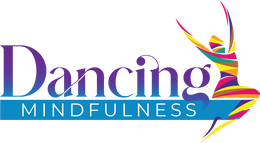
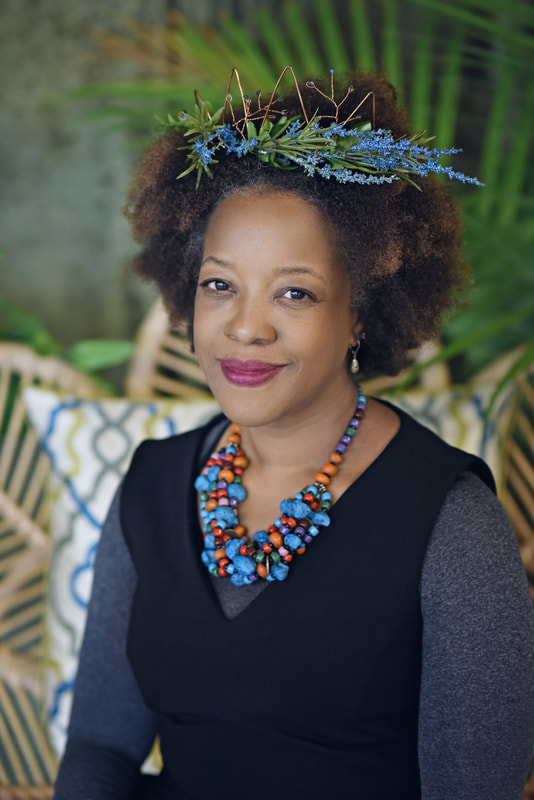
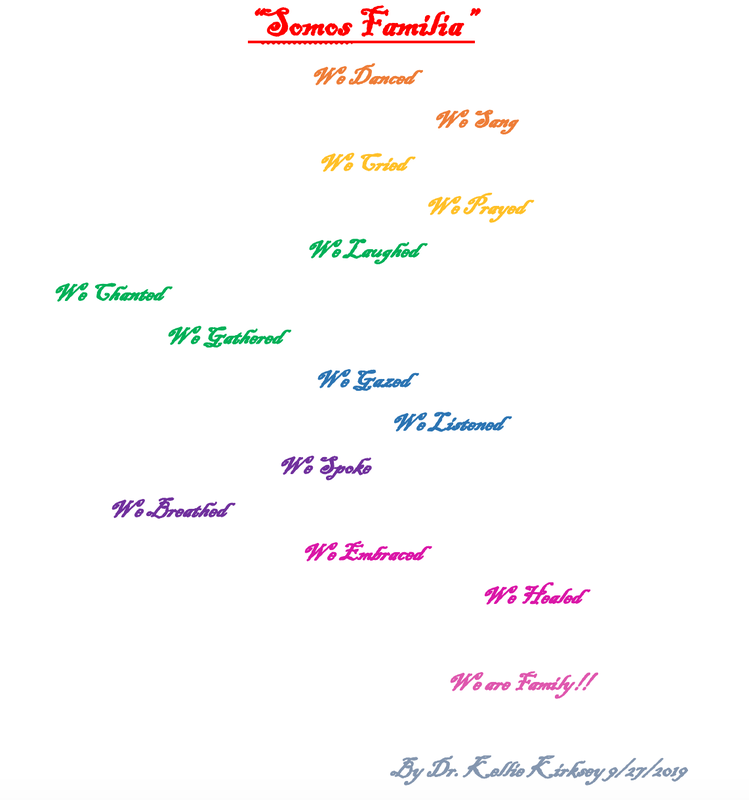
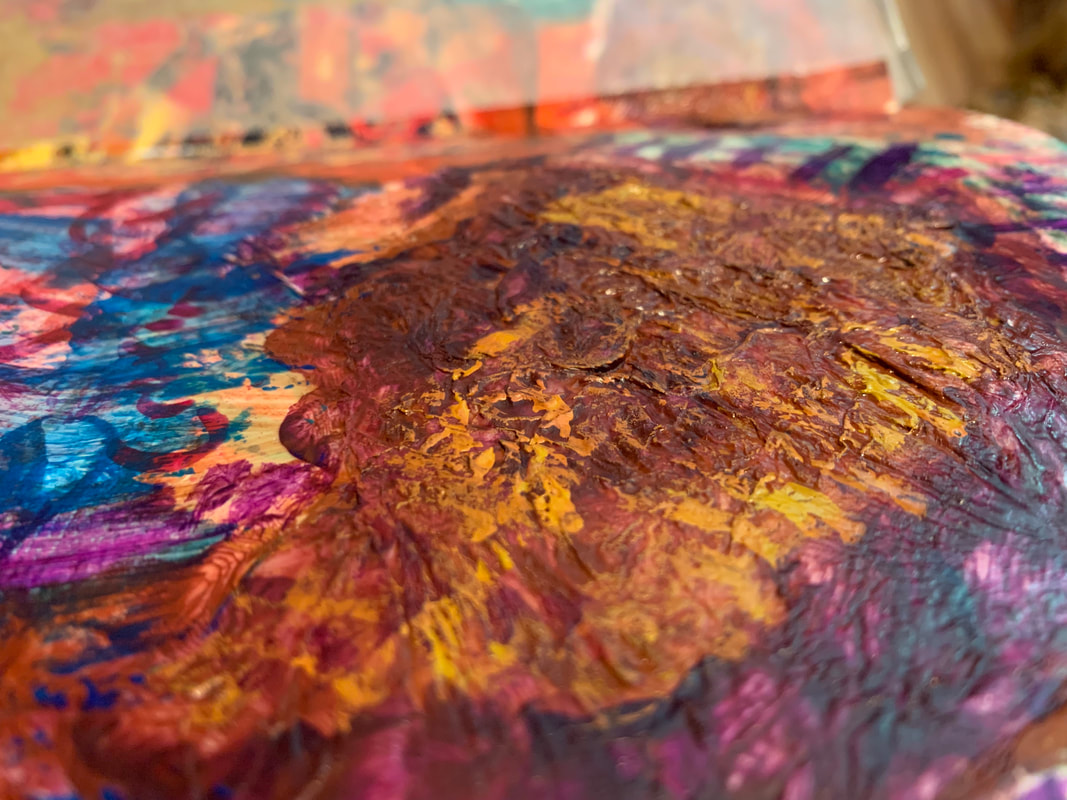
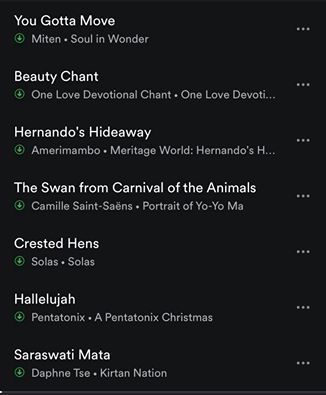
 RSS Feed
RSS Feed